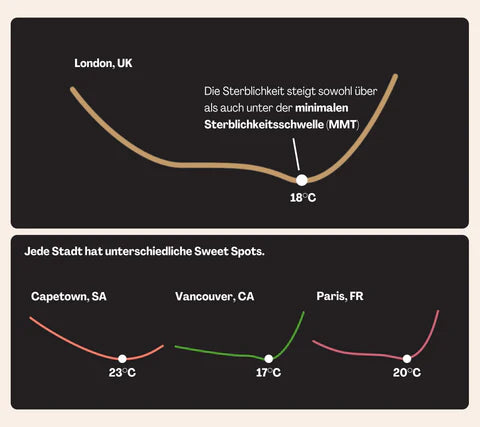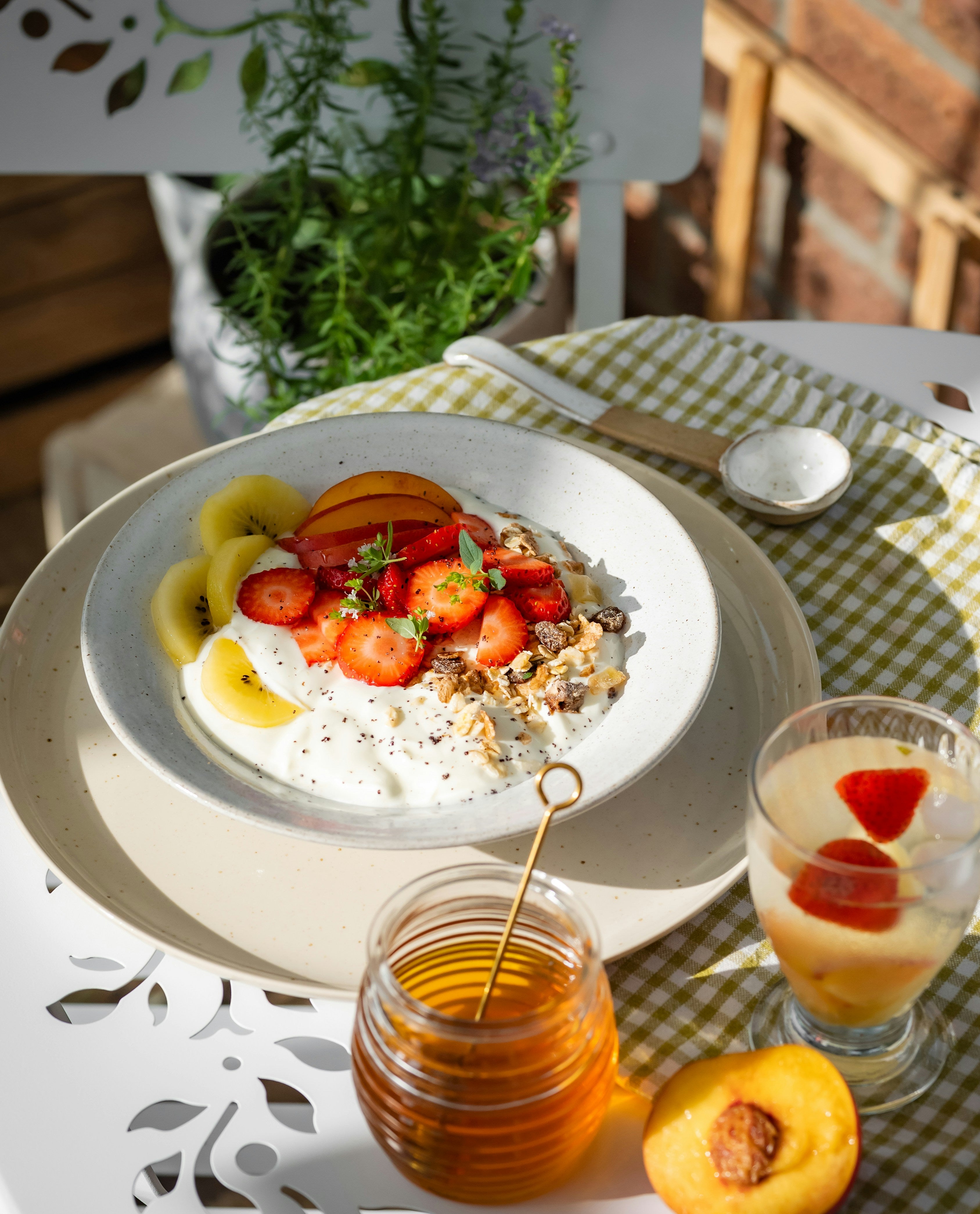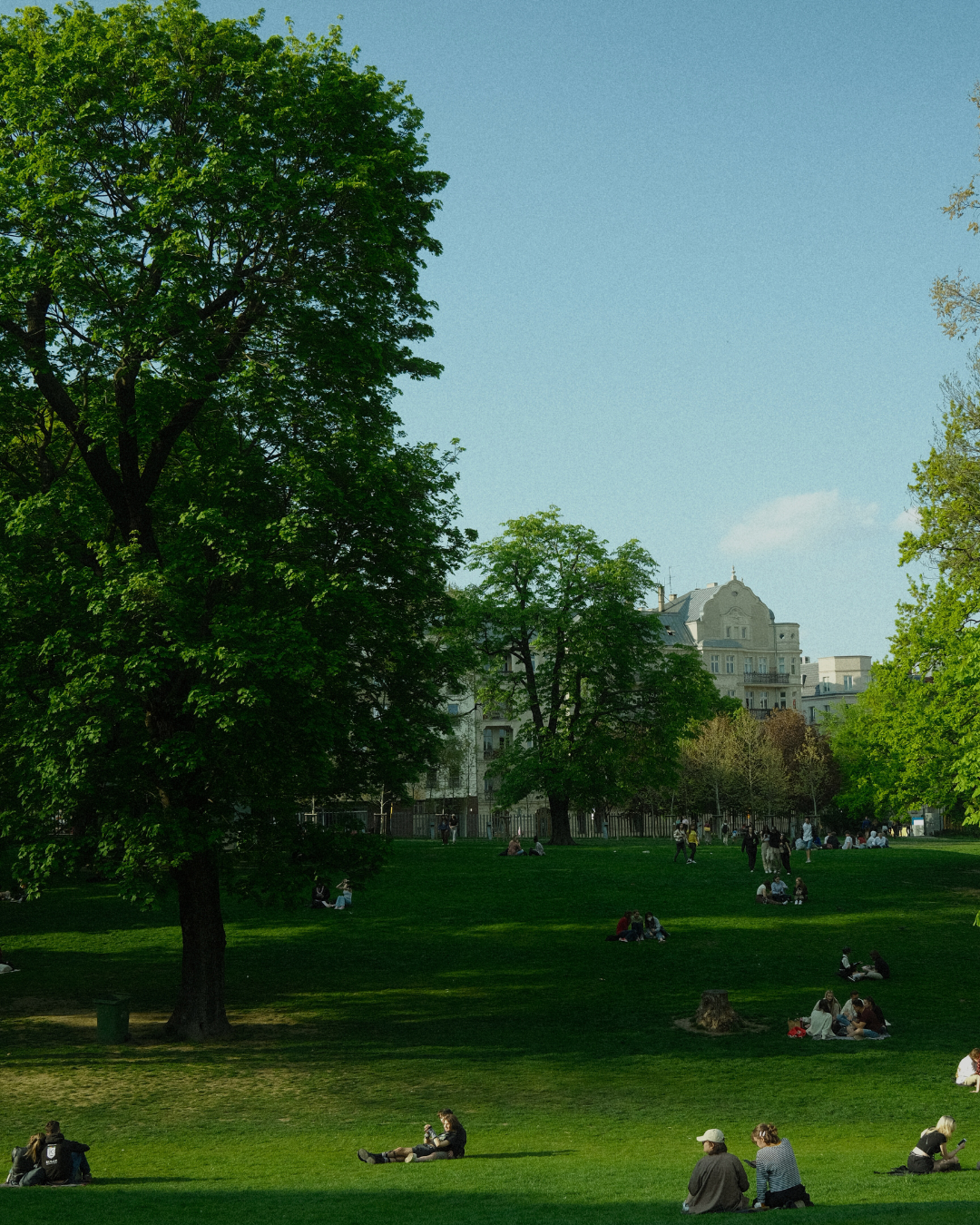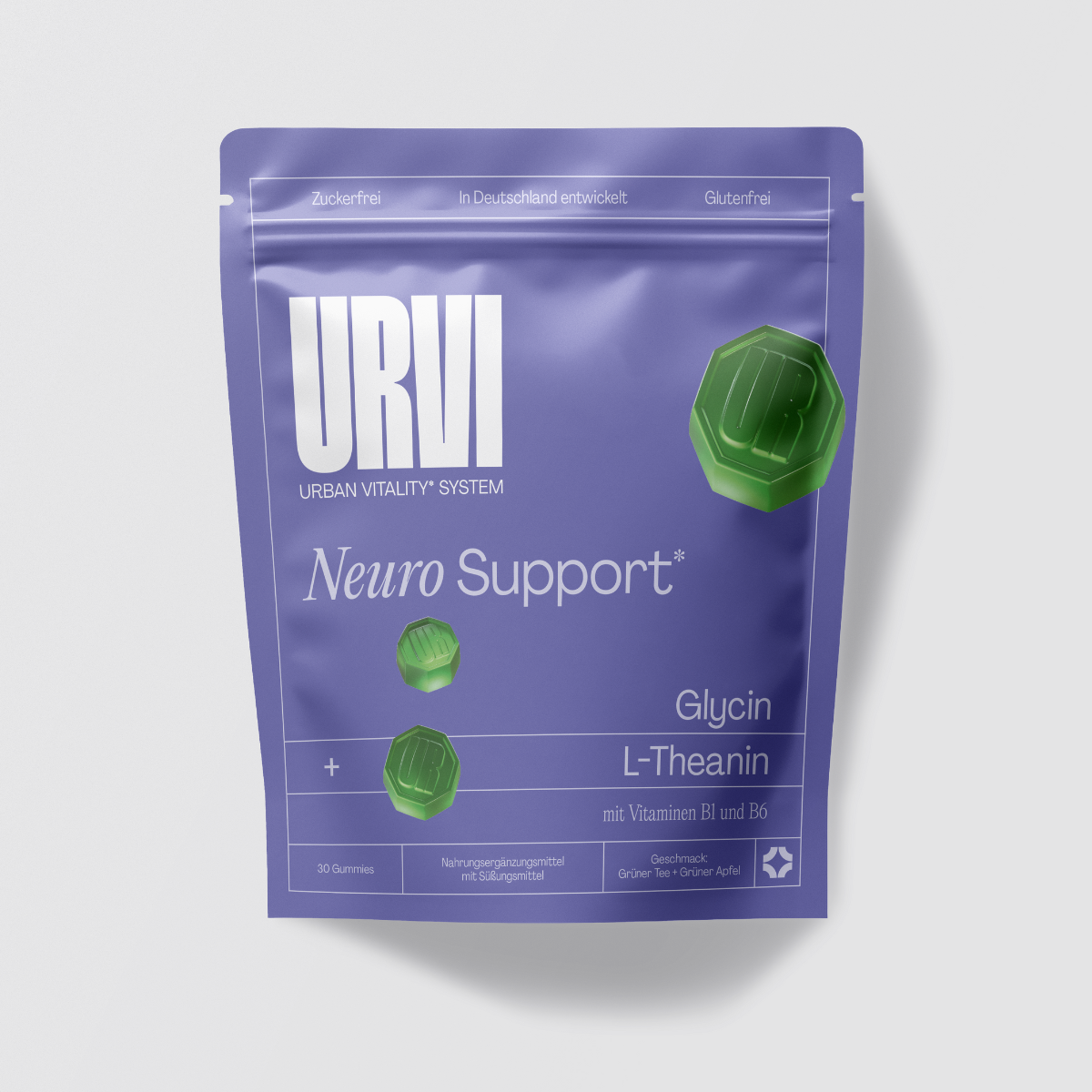Sources
Heat: The underestimated danger in the concrete jungle


Why cities are particularly at risk

The underestimated danger: heat in the city
Who is most at risk?
How much does heat shorten life and what are its consequences?
Life hacks for hot city weather







The most important nutrients in hot weather
| Nährstoff / Pflanzenstoff | Wirkung bei Hitze |
|---|---|
| Elektrolyte (z. B. Natrium, Chlorid) | Ersetzen durch Schweiß verlorene Mineralien und helfen, den Kreislauf stabil zu halten. |
| Kalium | Reguliert den Wasserhaushalt und hilft, den Blutdruck zu stabilisieren. |
| Magnesium | Stabilisiert den Kreislauf, reduziert Muskelkrämpfe und unterstützt den Flüssigkeitshaushalt. |
| Vitamin C | Schützt vor oxidativem Stress durch Hitze und unterstützt die Nebennieren bei der Stressregulation. |
| Ashwagandha | Hilft, die Cortisol-Ausschüttung zu regulieren und kann Stress durch Hitze abmildern. |
| Glycin | Fördert erholsamen Schlaf und kann abends durch Gefäßerweiterung beim Abkühlen helfen. |
Conclusion: Cities need green solutions and awareness
